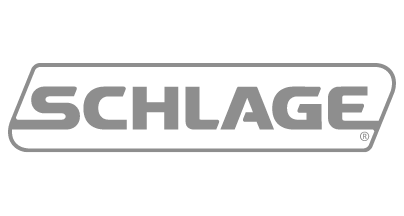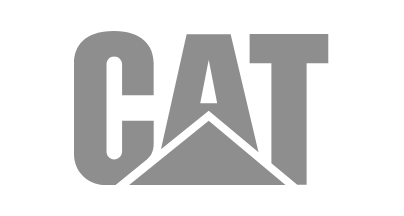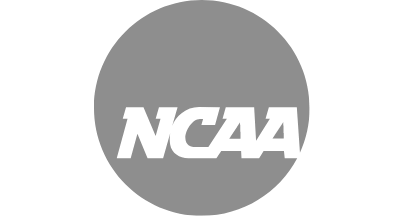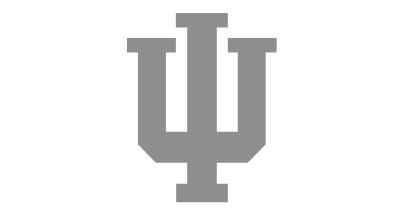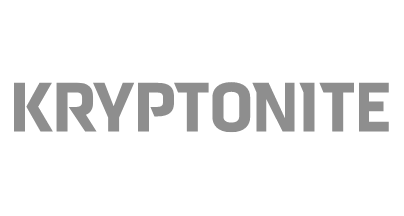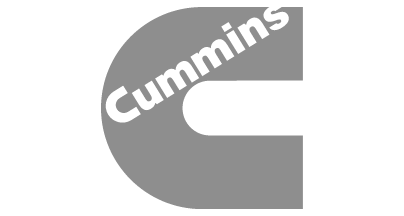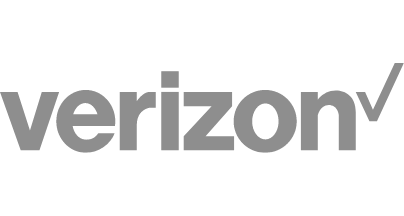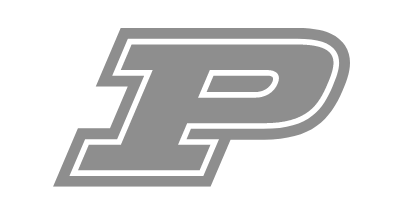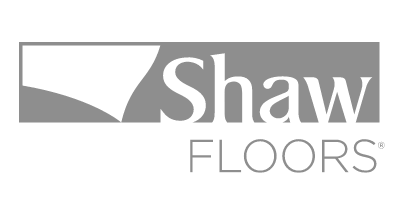Why be boring
when you could
be brilliant?
when you could
be brilliant?
Work that works does three things well.
Get full case studies of our award-winning work.
What is a full-service agency, you ask?
Strategic thinking is the foundation to make sure what you want to say aligns with how you say it—and to who.
- Insight Discovery
- Brand Mapping
- Competitive Analyses
- Marketing Consulting
- Strategic Planning
- Thought Leadership
Creative campaigns must cut through the noise. 89% of advertising isn’t even noticed. We make sure yours is.
- TV
- Radio
- Out of Home
- Digital
- UI/UX Development
- Social Media
- Branding
- Design
Media planning and buying makes sure your message reaches the right audience in the right ways.
- Media Planning
- Media Buying
- Predictive Analytics
- Effectiveness Analysis
- A/B Testing
Your brand's ever-present challenge is staying top-of-mind. We keep your brand and your message press-worthy.
- Media Relations
- Press Releases
- Crisis Management
- Press-Worthy Stunts
- Thought Leadership
Direct response is a key part of the integrated marketing mix. We help you optimize your digital direct response campaigns. See what we're capable of.
- Strategic Consulting
- Orchestrated Campaigns
- Automated Direct Response
- Health Assessment
- Platform Optimization
- Marketing Intelligence
Our friends trust us to grow their bottom line.
